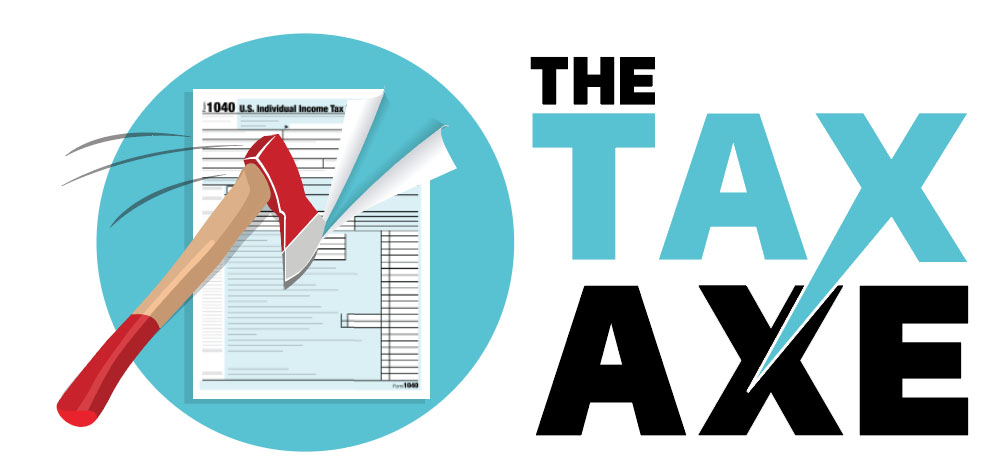Tax brackets are a governmental system in which it shows how much income tax is needed to come out of an individual’s annual income. Tax brackets have fluctuated since they began during Lincoln’s presidency, but have somehow managed to be the same now as it was back in the early 1800s.
In this article, you will be shown what a tax bracket is, the history of tax brackets, how to understand tax brackets, the difference of tax rates compared to tax brackets, and the pros and cons of tax brackets.
What is a Tax Bracket?
Tax brackets can be confusing. They are part of progressive income tax system. Progressive tax is based on the taxpayer’s ability to pay their taxes. Different amounts of your income are taxed different percentages at different rates. If your income is low, the less amount of taxes you owe. If your income is higher, the more amount of taxes you are due to pay.
History of Federal Income Tax Brackets
Federal tax brackets have existed in the U.S. since the Revenue Act was passed in 1861. The Revenue Act was to help fund the war against Confederacy by taxing imports, providing direct land lax, and imposing a 3% tax on individual incomes over $800 (which is $18,000 in current dollars).
The act fell short of its goals where a second Revenue Act was established in 1862. The first two tax brackets were established by 3% tax taken from incomes of $600 to $10,000 and a 5% tax taken from incomes above $10,000.
The filing statuses were then established, staying the same as they are today: single, married joint filing, married filing separately, and head of household. The only difference was that the rates were the same for everyone regardless of tax status.
In 1872, Congress decided to revoke income tax. Originally, the Constitution did not include permission for the federal government to impose direct taxes on it’s people.
In the beginning of 1913, the 16th amendment was written and accepted into the Constitution, giving Congress the power to tax incomes again. Many people believe this was the actual first time Americans had to pay income tax, but as stated earlier, it was actually in 1862.
Congress enacted a 1% income tax on individuals who made more than $3,000 a year (which would be $80,266 today) and couples who made more $4,000 a year. Anyone making $20,000 a year (which would be $535,105 today) or more were given an additional tax of 1% to 7%.
Over the years, tax brackets have fluctuated from seven in 1913 to seventy-eight in 1918, ranging from 6% to 77%. In 1944 there were 24 brackets ranging from 23% to as high as 94%. Anyone making more than $200,000 a year (which would be 3 million today) would have to pay an exuberant amount of money in taxes.
In 1970, President John was able to bring the rates down to 70% where President Reagan initiated the top rate to be 50% in 1981. From 1986 to 1991, brackets were simplified to only two brackets; 15% and 28%, until in 1991 31% was added.
Since then, the tax brackets have come full circle into only being seven brackets. This is because of the Tax Cuts and Jobs Act initiated in 2017.
How Tax Brackets Work
This tax year, there are seven tax brackets: 10%, 12%, 22%, 24%, 32%, 35%, and 37%. Depending on how much you make in a year, a certain percentage is taken out to put towards taxes.
Varying on how big your household is and how much you make, you pay a certain percentage of each bracket you fall into. There are different brackets for single filers, married couples filing jointly, married filing separate filers, and head of household filers.
Tax Rate |
Taxable Income – Single Filer |
Taxable Income – Married Joint Filing |
10% |
$9,950 or less |
$19,990 or less |
12% |
$9.950.01 to $40,525 |
$19,990.01 to $81,050 |
22% |
$40,525.01 to $86,375 |
$81,050.01 to $172,750 |
24% |
$86,375.01 to $164,925 |
$172,750.01 to $329,850 |
32% |
$164,925.01 to $209,495 |
$329,850.01 to $418,850 |
35% |
$209,495.01 to $523,600 |
$418,850.01 to $628,300 |
37% |
$523,600.01 or higher |
$628,300.01 or higher |
If someone is a single filer and they receive $50,000 yearly, that means they will have to pay 10%, 12%, and 22% combined.
In the first bracket they will have 10% taken out of $9,950, equaling $995.
In the second bracket, $40,525 minus $9,951 is $30,573.99. 12% is taken out of $30,573.99, equaling $3,660.
Then in the 3rd bracket $50,000 is subtracted from $40,525.01 because $50,000 is the highest number of income for the single filer. 22% is then taken from $9,474.99 equaling $2,084.
Once all of the percentage rates are added together; $995, $3,660, and $2,084, you’ll get $6,748. This is the amount the single filer will have taken out for taxes.
Tax rate vs. Tax brackets
Often, tax rate and tax brackets are mistaken for the same thing. A tax rate is a percentage at which income is taxed. A tax bracket is composed of tax rates and incomes. Each bracket has a different rate which are referred to as marginal tax rates.
Pros and Cons
Pros
With everything, there are pros and cons. Even to tax brackets. Due to the way the system works, the more money you have the more taxes you should have taken out. This is great for people who are low-income individuals because they aren’t subjected to their incomes being reduced as much.
The progressive tax system deems this fair considering the wealthy have more to give while still living fairly well and possibly better than people with low income.
Individuals who continue to support this system believe it can generate higher revenues for governments. They also believe it to be fair by letting taxpayers lower their tax bill through adjustments, such as tax deductions or tax credits for certain expenses such as charitable donations. With high-income individuals, tax deductions and credits given them tax relief.
Cons
People who are against tax brackets argue that everyone is under equal law. They believe the poor and rich should not be separated, pointing out how progressive taxation can lead to differences between the amount the wealthy pay compared to the amount the government receives.
People who are against tax brackets also claim high taxation at high income levels can lead to the rich spending money towards loopholes in the law. The rich are believed to even find a way to hide their earnings and assets, making it easier to put less tax on less expenses and properties.
Progressive taxation is also believed to reduce people’s personal savings. After a spiking to 33% in April 2020, the personal saving rate dropped to 12.3% by November.
How to Find Your Tax Bracket
The IRS is a reliable source when discovering anything government related. It provides annual tax tables which provide highly detailed tax filing statuses in increments of $50 of taxable income up to $100,000.
There are also many websites who provide tax bracket calculators who do the math for you. As long as you know your marital status and AGI, tax bracket calculators can figure out how much money is being taken out for your annual income tax. Most tax bracket calculator websites were adjusted for the year, making it easy on your behalf.



